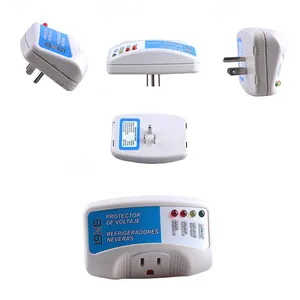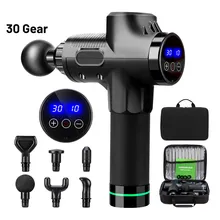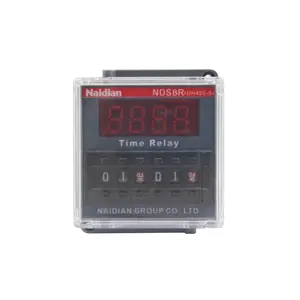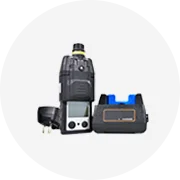Understanding Time Delay Devices
Time delay devices are integral components in various industrial and consumer applications. These devices are designed to initiate or interrupt the flow of electricity, signals, or other elements after a predetermined period. The category encompasses a range of products, each tailored to specific functional requirements.
Types and Applications
Time delay relays and timers are the most common forms of time delay devices. They serve critical roles in circuit control, automation, and safety mechanisms. For instance, in manufacturing, they might control the sequence of machinery operations to ensure a safe and efficient process flow. In consumer settings, such as with time-controlled lighting, they contribute to energy savings and convenience.
Features and Materials
The features of time delay devices vary, with some offering simple on-off functionality, while others provide complex, programmable sequences. Materials used in these devices are chosen for durability and conductivity, with common materials including copper, silicon, and various plastics, ensuring longevity and reliability.
Advantages of Time Delay Devices
The advantages of using time delay devices include improved safety, energy efficiency, and enhanced control over processes. They are essential in applications requiring precise timing, such as in the synchronization of industrial processes or in the regulation of electrical circuits.
Selection Considerations
When selecting a time delay device, it is crucial to consider the device's load capacity, timing range, and power requirements. These specifications must align with the intended application to ensure proper functionality and safety.
Environmental and Operational Standards
Time delay devices on Alibaba.com adhere to various environmental and operational standards, ensuring they meet the necessary regulatory compliance for their intended markets. Buyers should verify that the devices comply with the standards relevant to their industry and region.


































 浙公网安备 33010002000092号
浙公网安备 33010002000092号 浙B2-20120091-4
浙B2-20120091-4